
For the first time ever we received this splendid snakehead, which obviously represents a species unknown to science so far. I reminds one strongly to the far spread and variety rich species C. gachua, but the “Fireback” is much bigger, reaching 15 -20 cm, it lacks the stripes in the pectoral fins, which are so characteristical for gachua and of course the “Fireback” has the broad, bright orange seams in the dorsal and the caudal fin that are responsible for its popular name.
Probably this species is – like all members of the C. gachua relationship – a mouthbrooder with biparental broodcare. Males and females can be distinguished best by a look from above. The males have a much broader head than the females.
With the exception of the breeding season these snakeheads are strictly solitary fish and keeping them together with other fish – it does not matter whether these fish are conspecifics or belong to a completely different group of fish – is always a high risk. As long as the “Fireback” is kept in indoor tanks it needs no additional heater. The temperature should be raised only for breeding. Channa sp. Laos Fireback are large, predatory fish that need substantial food, like feeder fish, earthworms, mealworms, crickets and so on.
For our customers: the fish have code 409394 on our stocklist. Please note that we exclusively supply the wholesale trade.
Lexicon: Channa: ancient Greek, means “snapper”, probably referring to the airbreathing. gachua: after a native name for the fish in Bengal.
Text & photos: Frank Schäfer
| Angaben zum Tier | |
|---|---|
| Herkunft | Laos |
| Verfügbare Größe in cm | 15-20 |











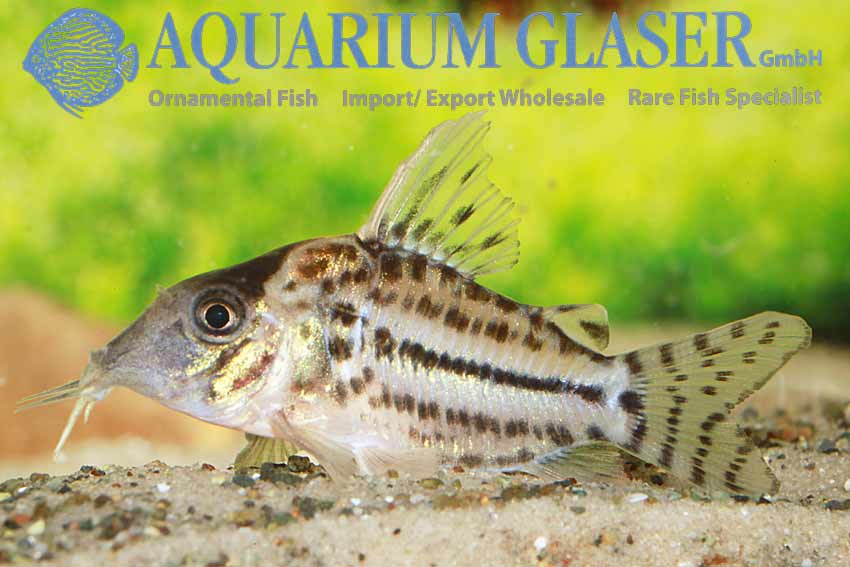

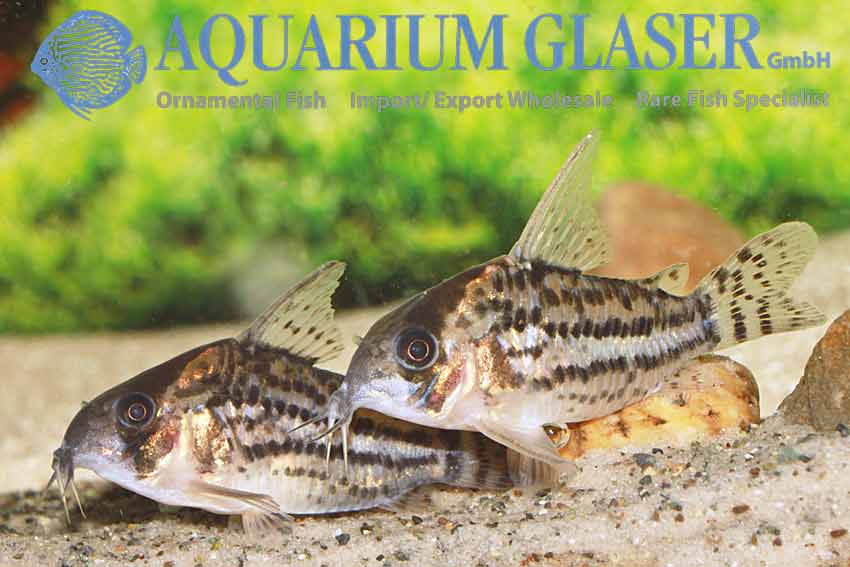









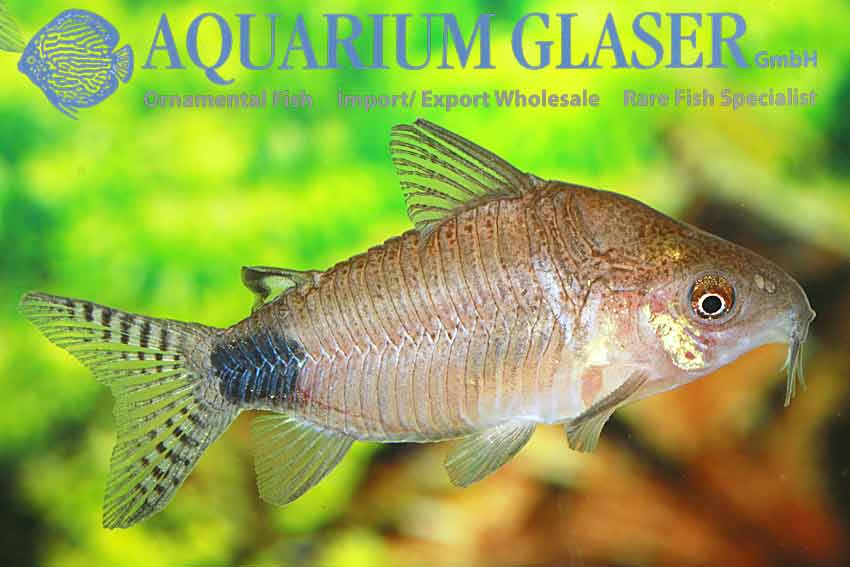







































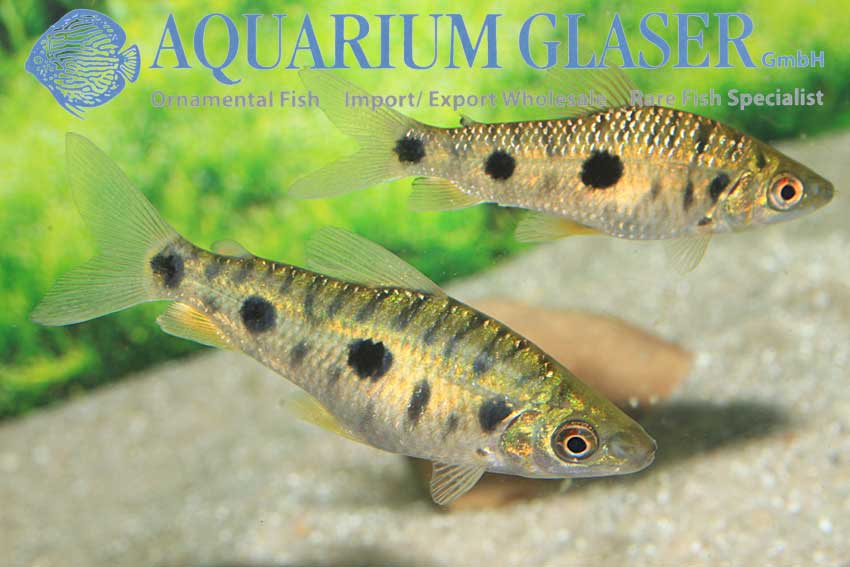








































 The genus Pimelodus is quite specious and currently comprises 34 accepted species. Due to the lack of a recent revision it is not easy to identify the species. In the aquarium hobby only one species is of some importance: P. pictus, the angel catfish. One more species, P. ornatus, is a rare and highly demanded species for specialized aquarists. Several other species have been imported now and then but never became of any importance.But now we were able to import one more species from Venezuela that has at least the potential for an ornamental fish, for it is very attractive: Pimelodus tetramerus.
The genus Pimelodus is quite specious and currently comprises 34 accepted species. Due to the lack of a recent revision it is not easy to identify the species. In the aquarium hobby only one species is of some importance: P. pictus, the angel catfish. One more species, P. ornatus, is a rare and highly demanded species for specialized aquarists. Several other species have been imported now and then but never became of any importance.But now we were able to import one more species from Venezuela that has at least the potential for an ornamental fish, for it is very attractive: Pimelodus tetramerus.






















 Finally we were successful and imported a larger number of this wonderfully coloured predatory tetra from Peru. Both sexes have the splendid orange belly. Females can be recognized by the shape of the ventral fins: they are comparatively small and rounded (large and pointed in males).
Finally we were successful and imported a larger number of this wonderfully coloured predatory tetra from Peru. Both sexes have the splendid orange belly. Females can be recognized by the shape of the ventral fins: they are comparatively small and rounded (large and pointed in males).









































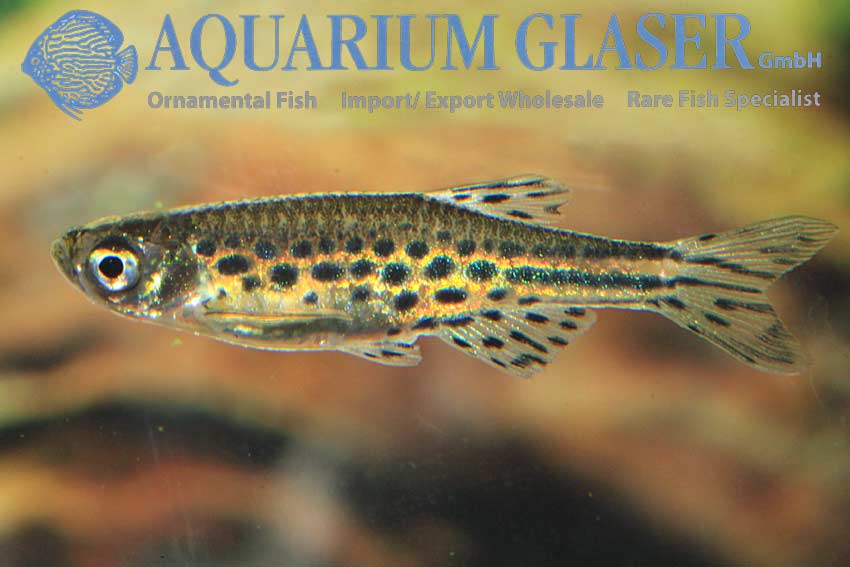






















 Only limited number available. Code: 262322
Only limited number available. Code: 262322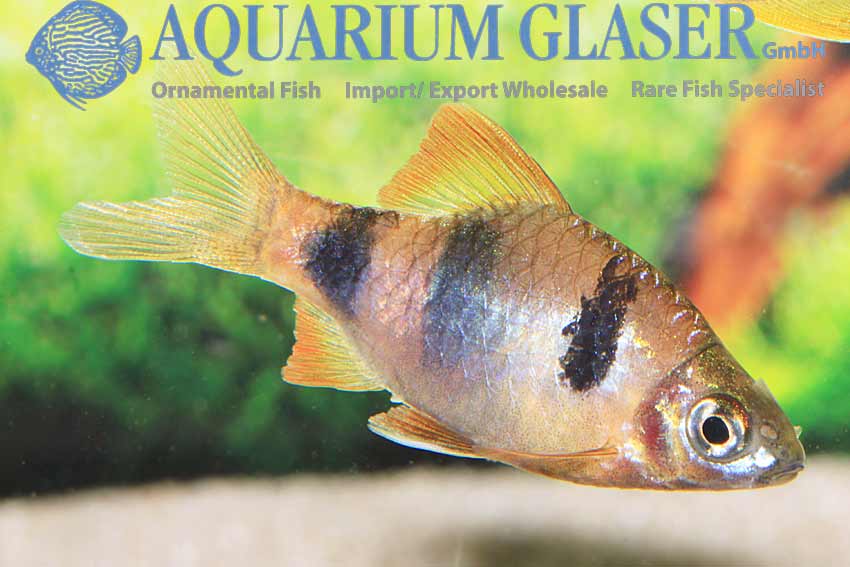

























 Code: 456043
Code: 456043






